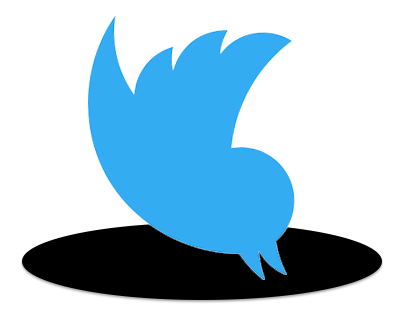
So far the experience of using Twitter under Musk is pretty much unchanged. Same goes for Facebook.
Yes, there is a lot of hand-wringing, and the stock market hates Meta (the corporate parent to which Facebook gave birth); but so far the experience of using both is pretty much unchanged.
This is aside from the fact that the two services are run by feudal overlords with crazy obsessions and not much feel for roads they both pave and ride.
As for Meta (and its Reality Labs division), virtual and augmented realities (VR and AR) via headgear are today where “Ginger” was before she became the Segway: promising a vast horizontal market that won’t materialize because its utilities are too narrow.
VR/AR will, like the Segway, will find some niche uses. For Segway, it was warehouses, cops, and tourism. For VR/AR headgear it will be gaming, medicine, and hookups in meta-space. The porn possibilities are beyond immense.
As for business, both Twitter and Facebook will continue to be hit by a decline in personalized advertising and possibly a return to the old-fashioned non-tracking-based kind, which the industry has mostly forgotten how to do. But it will press on.
Not much discussed, but a real possibility is that advertising overall will at least partially collapse. This has been coming for a long time. (I’ve been predicting it at least since 2008.) First, there is near-zero (and widespread negative) demand for advertising on the receiving end. Second, Apple is doing a good job of working for its customers by providing ways to turn off or thwart the tracking that aims most ads online. And Apple, while not a monopoly, is pretty damn huge.
It may also help to remember that trees don’t grow to the sky. There is a life cycle for companies just as there is for living things.
Leave a Reply